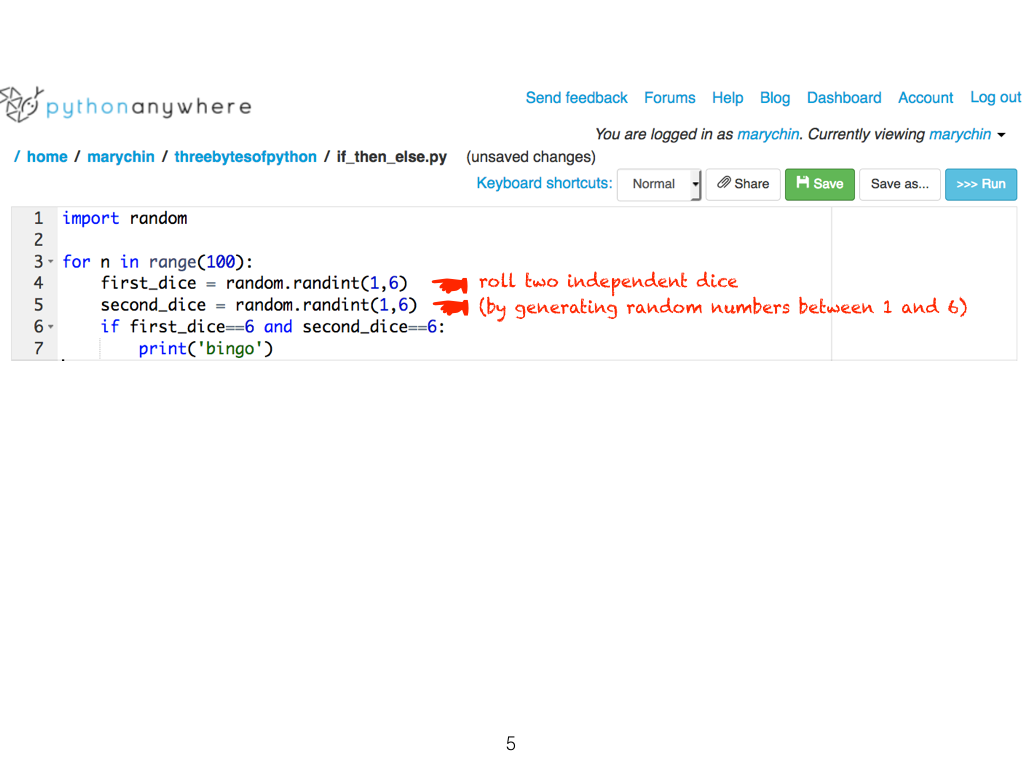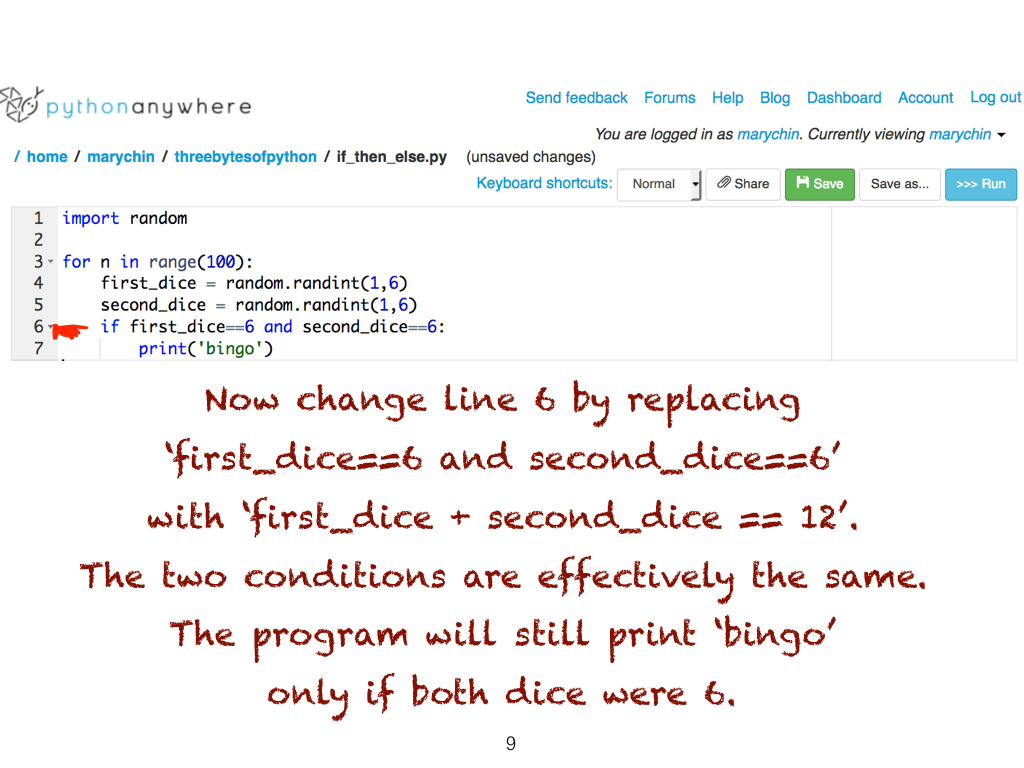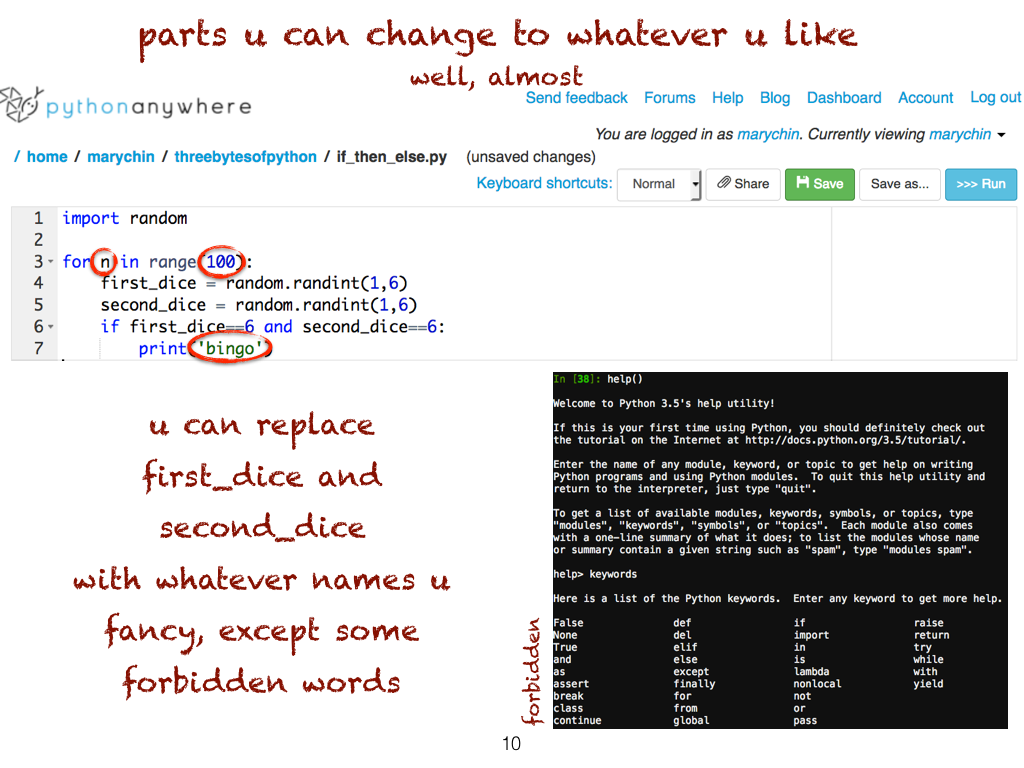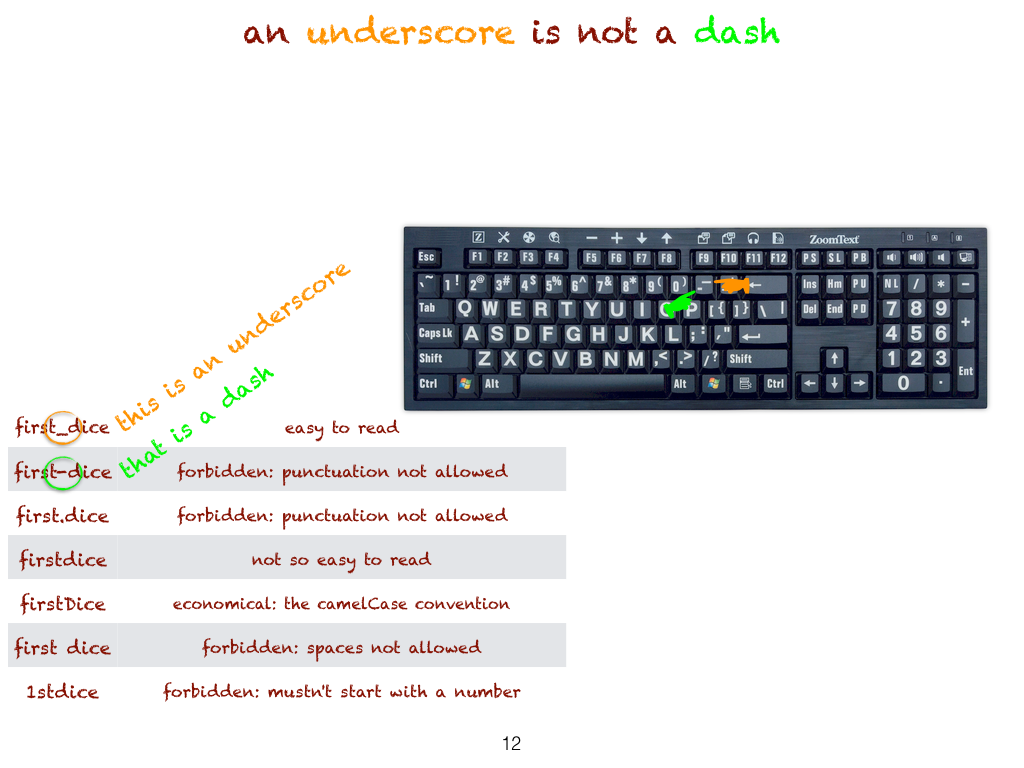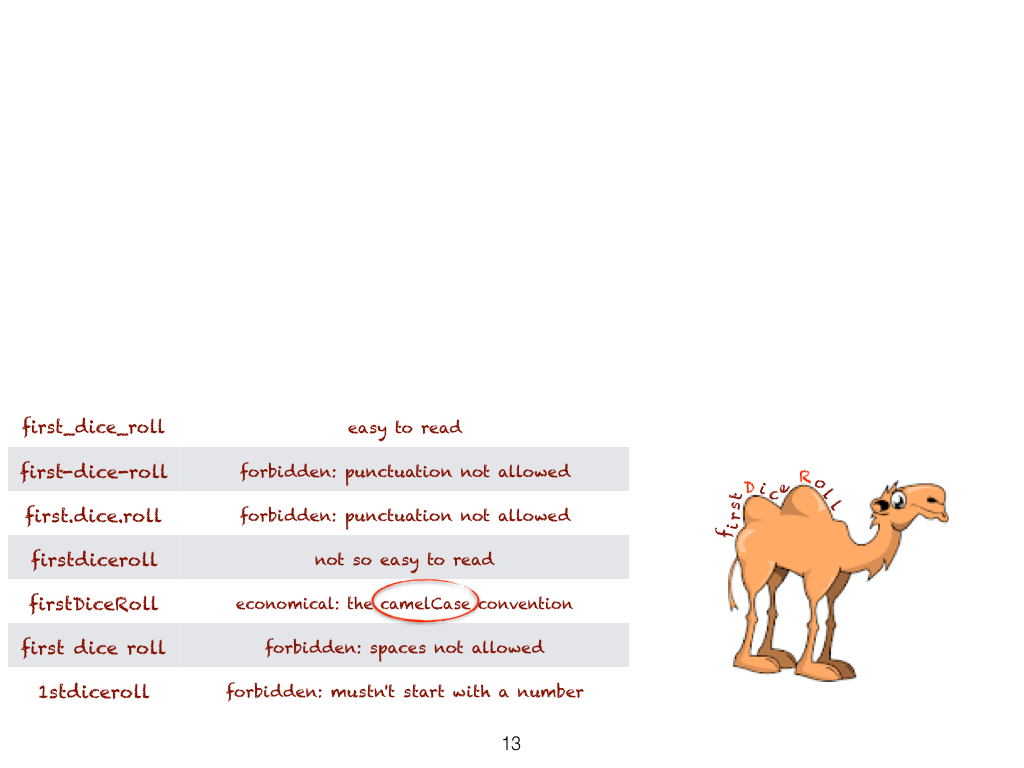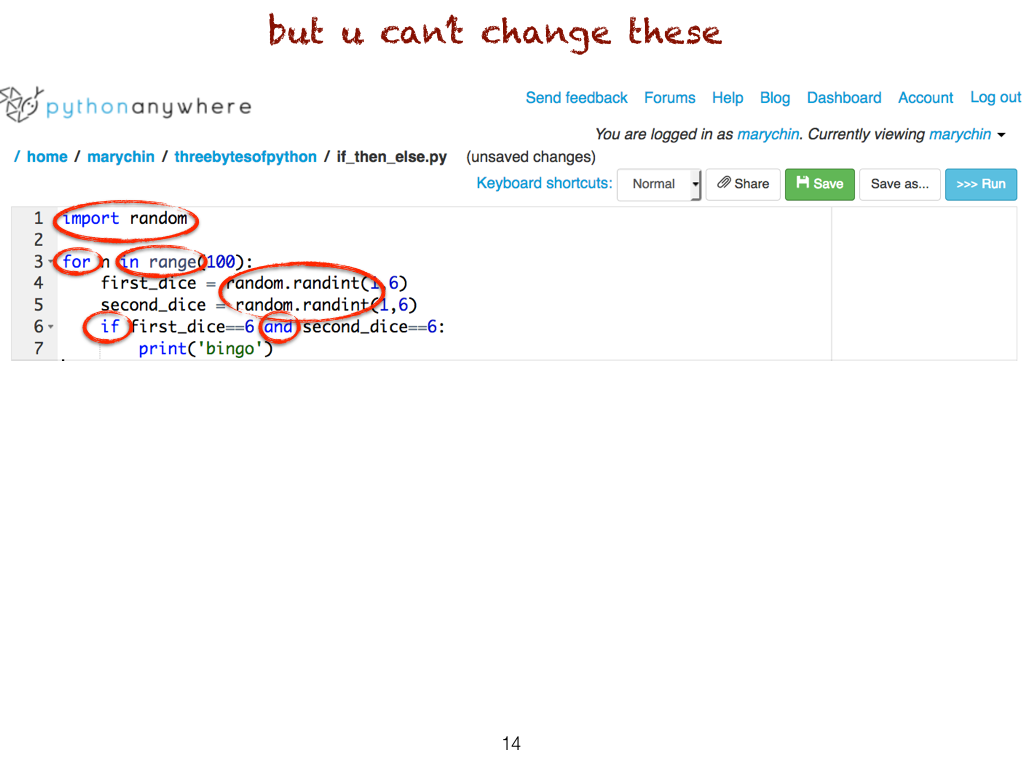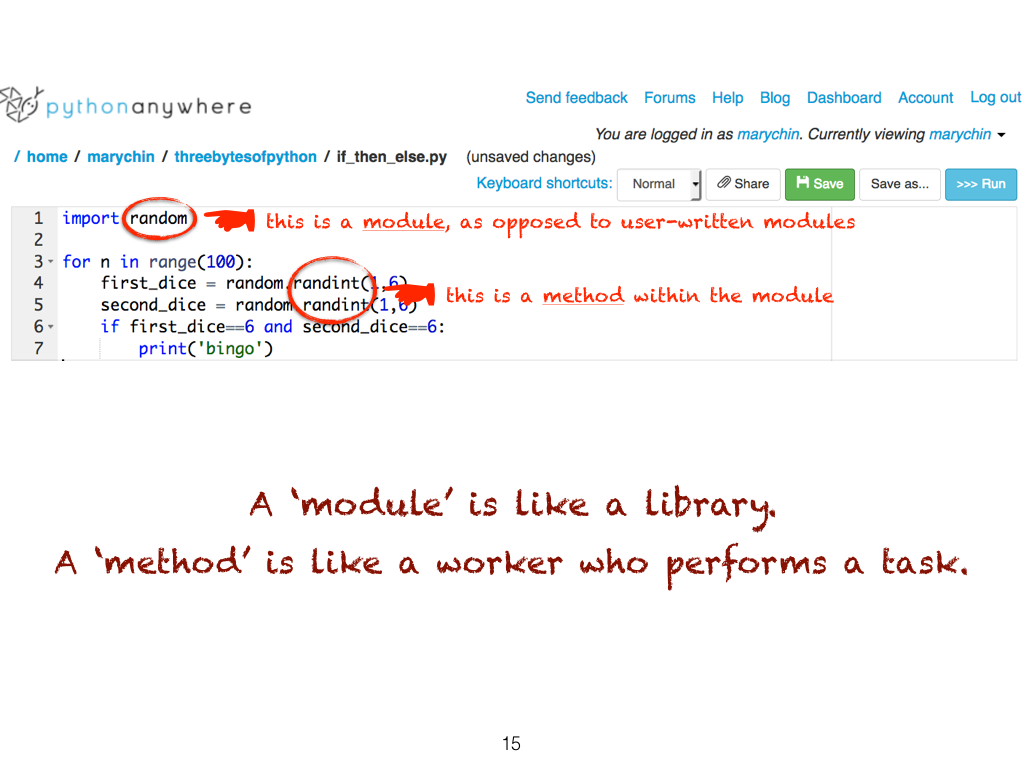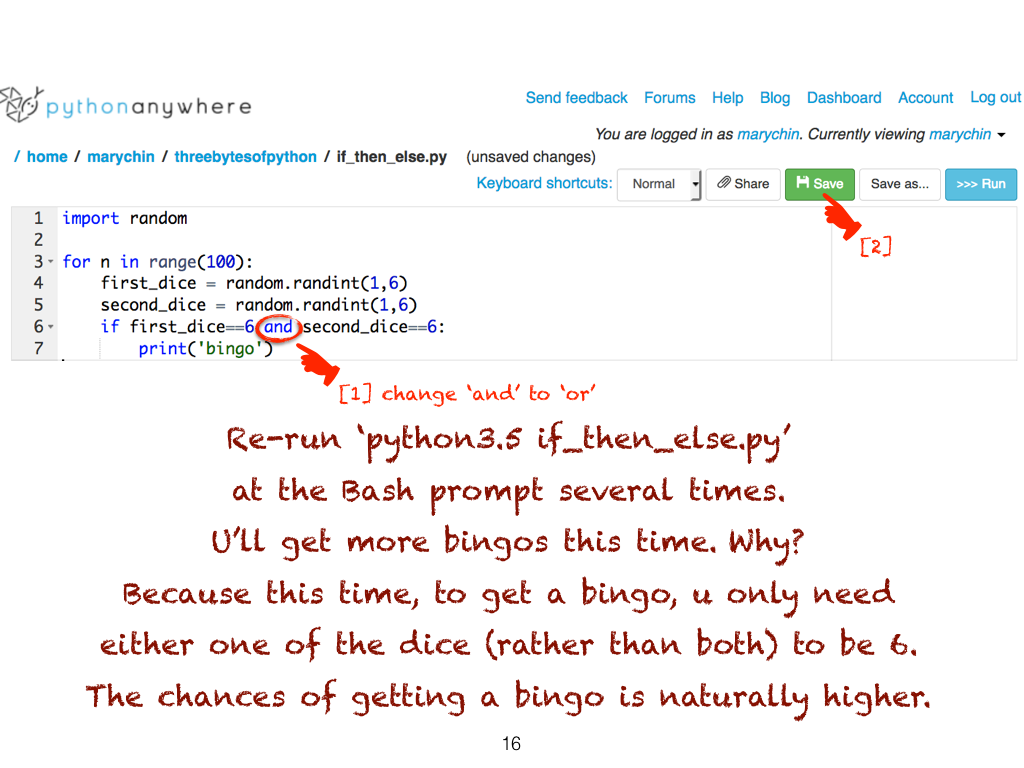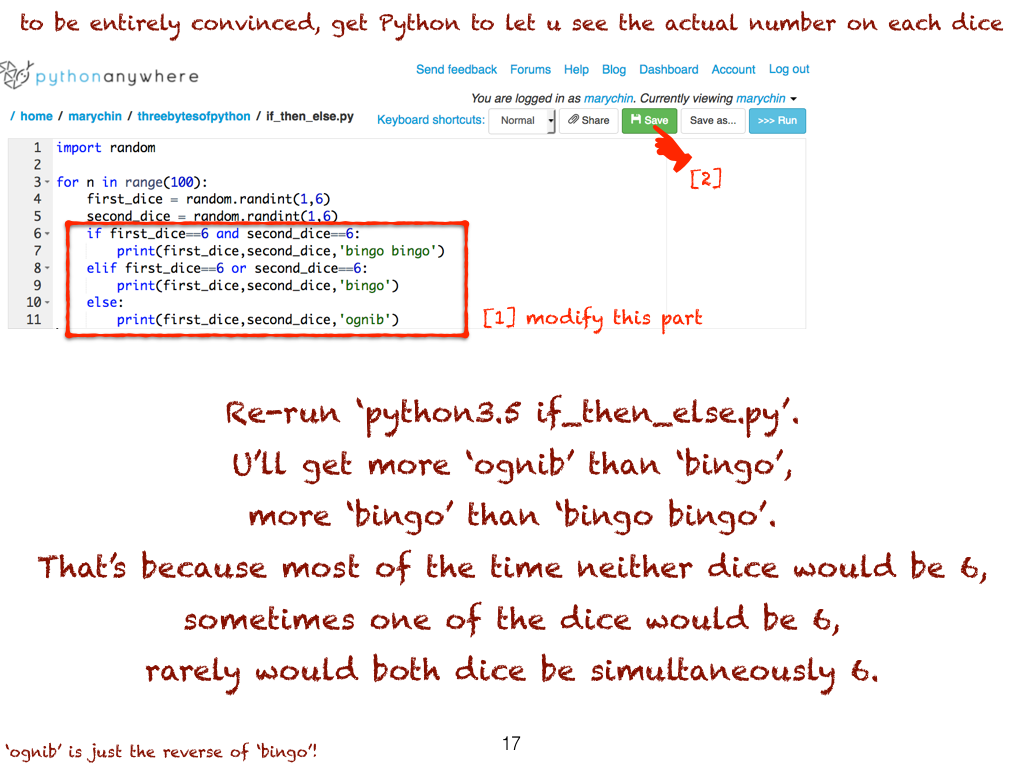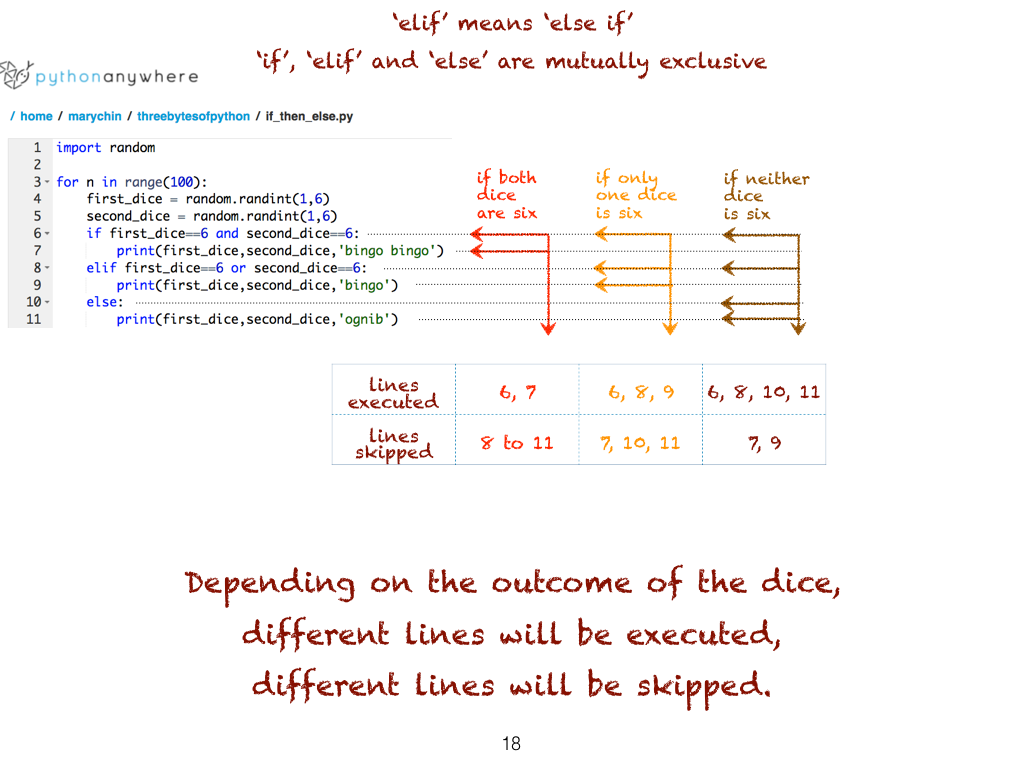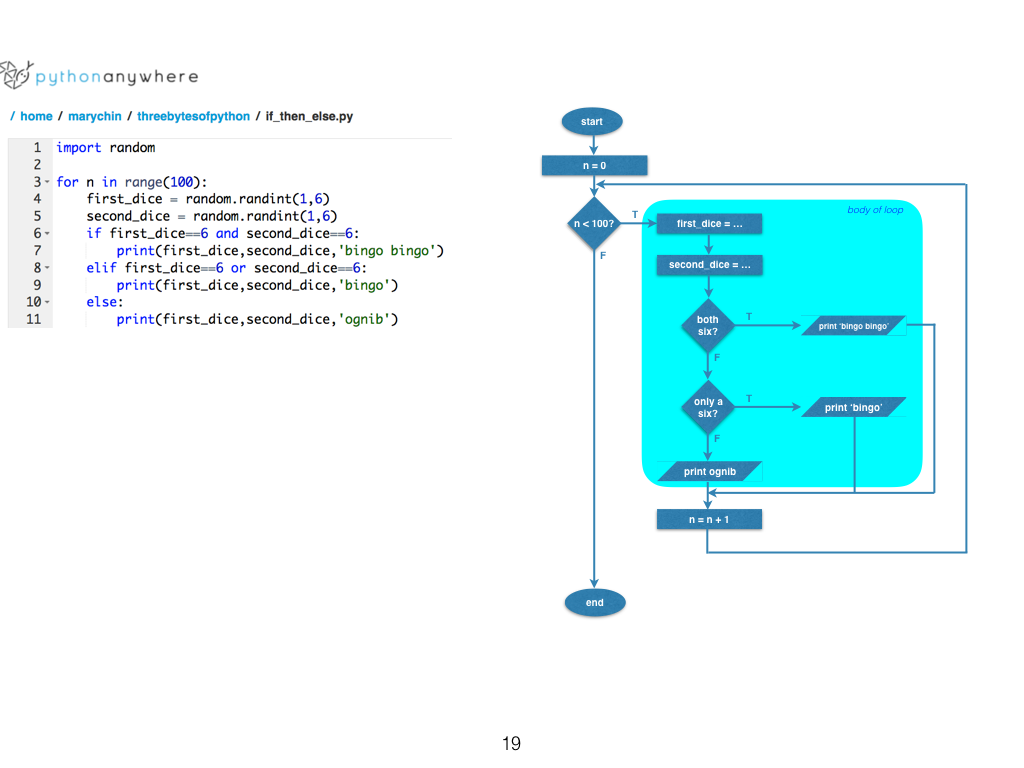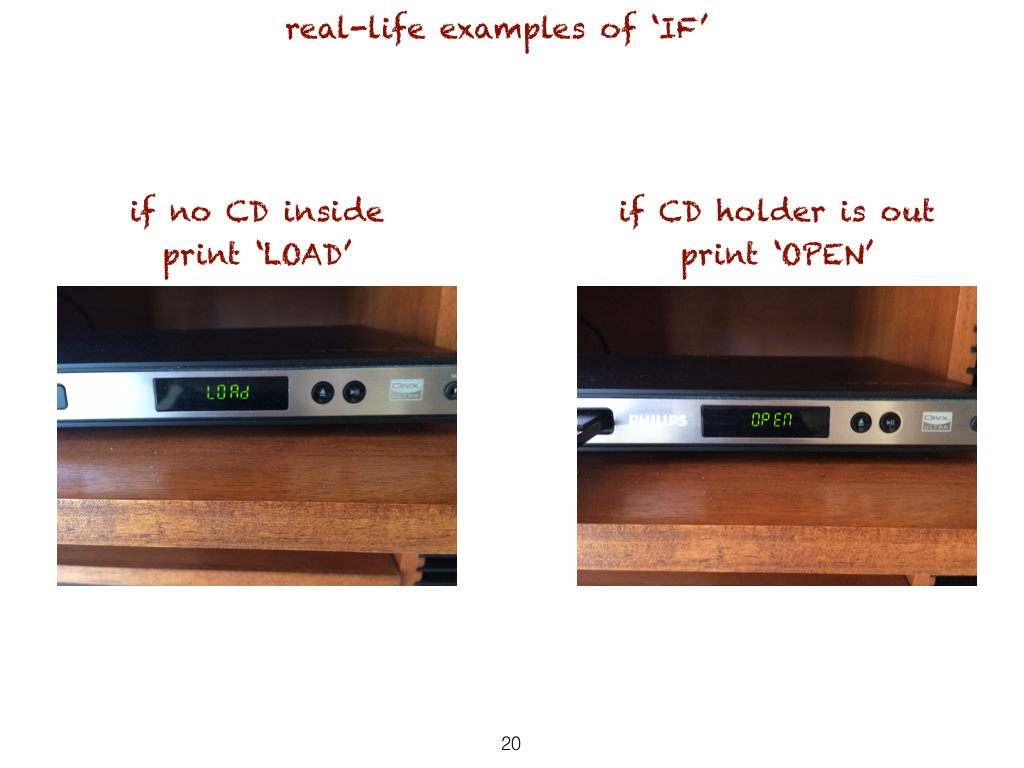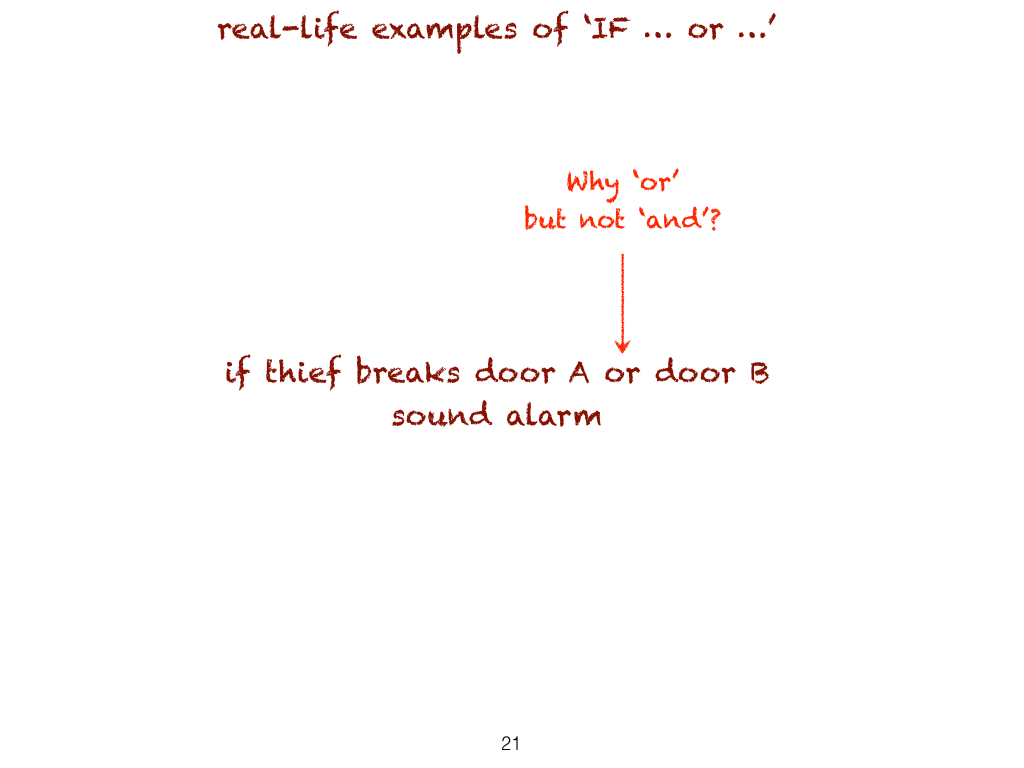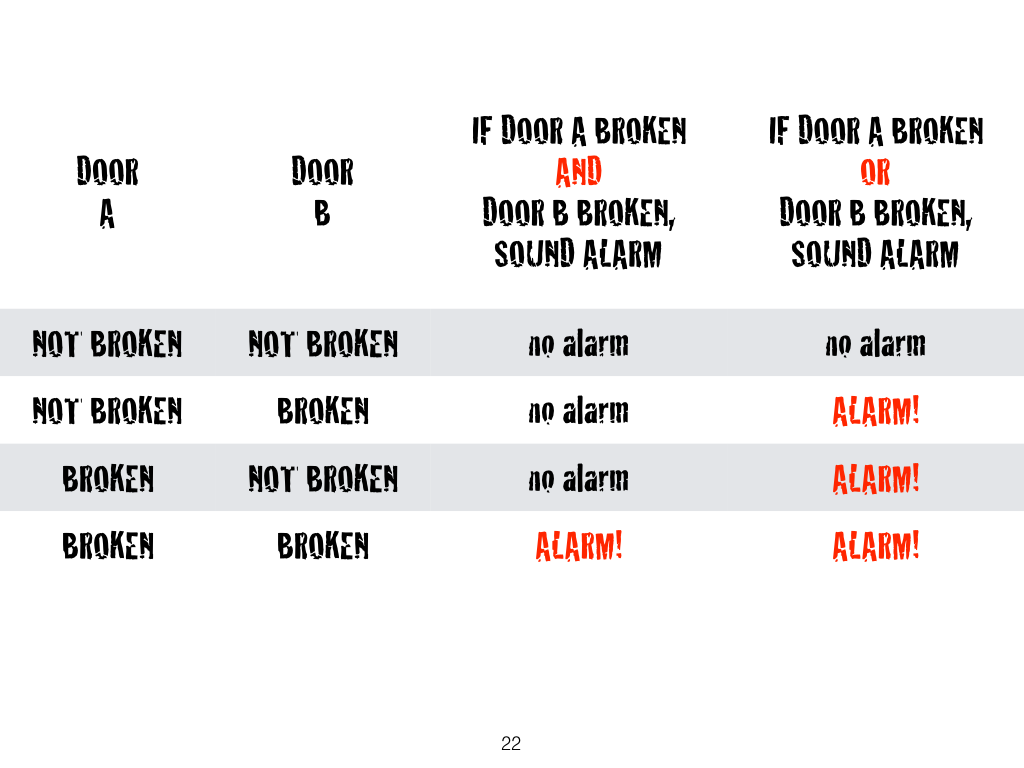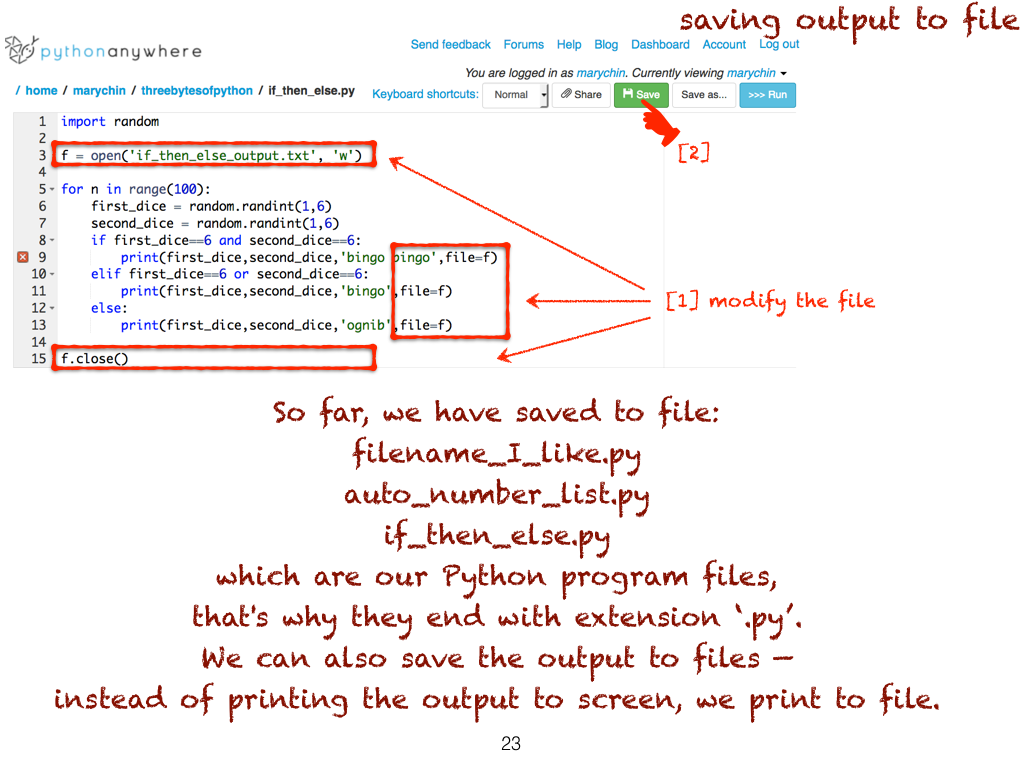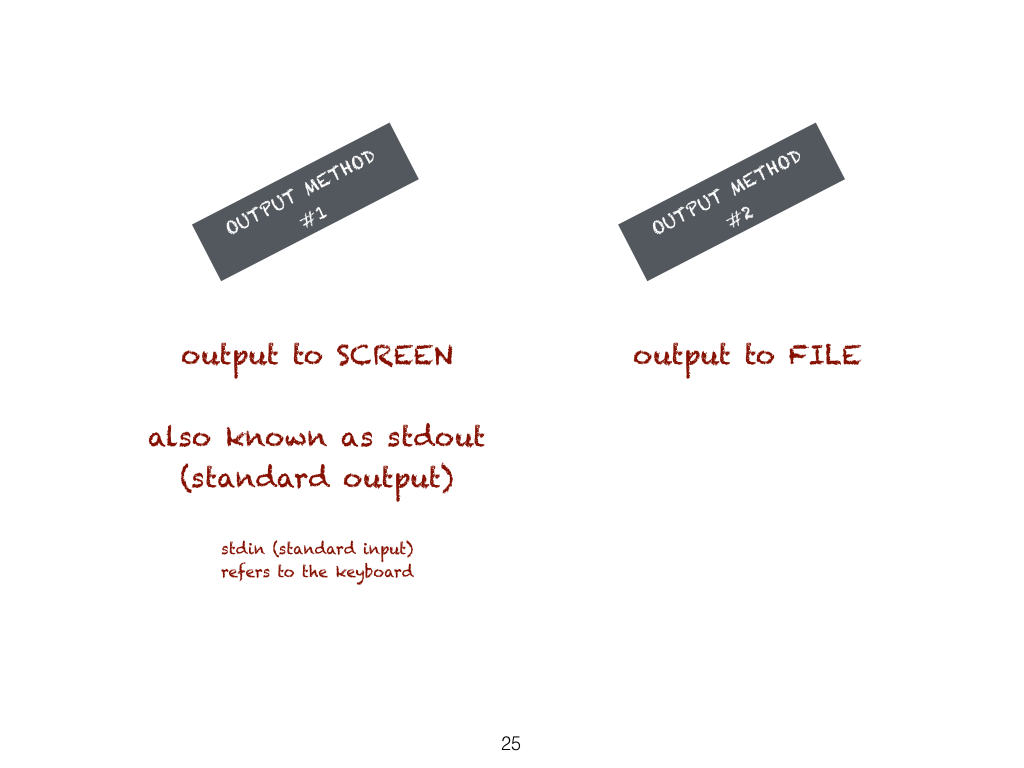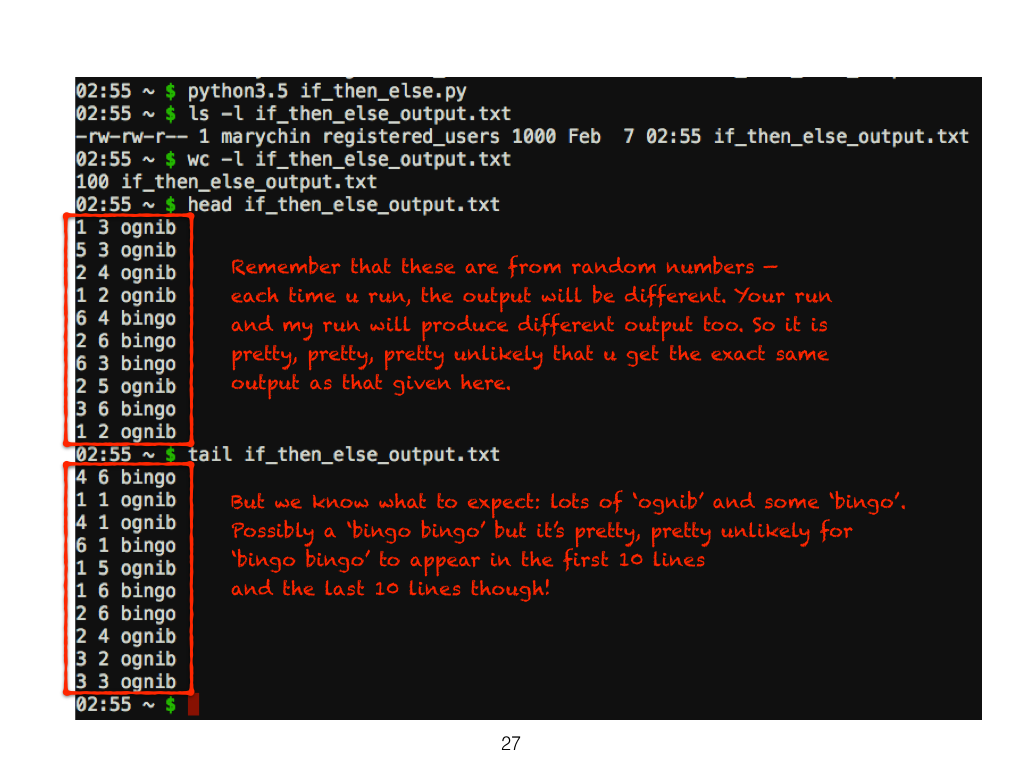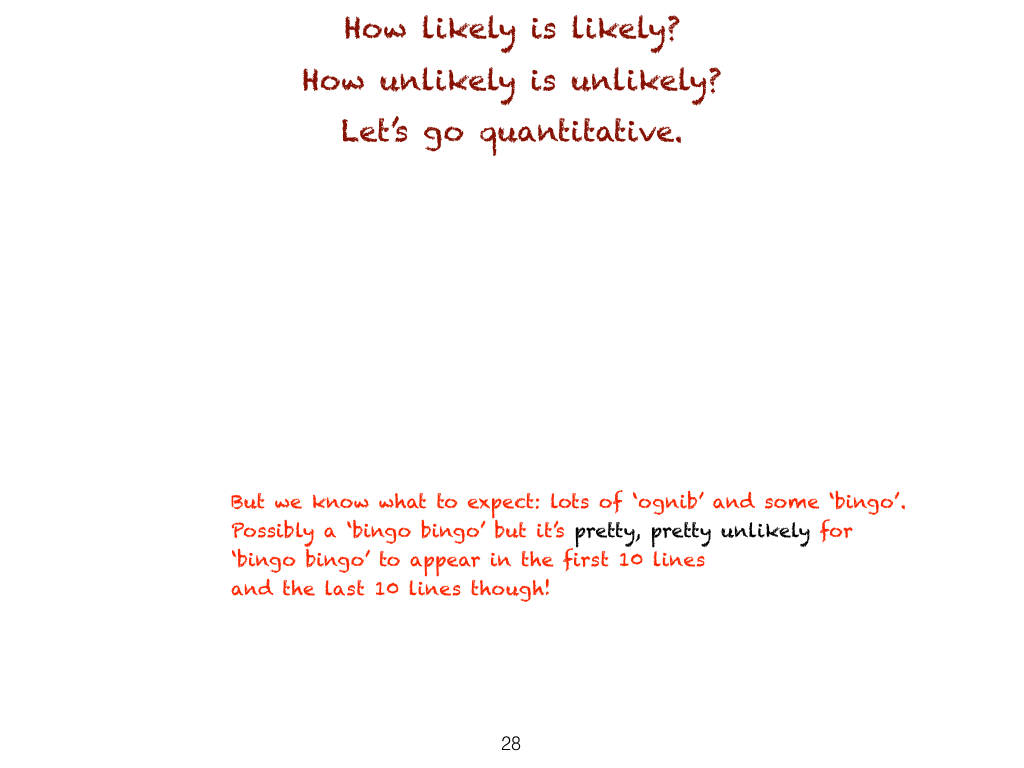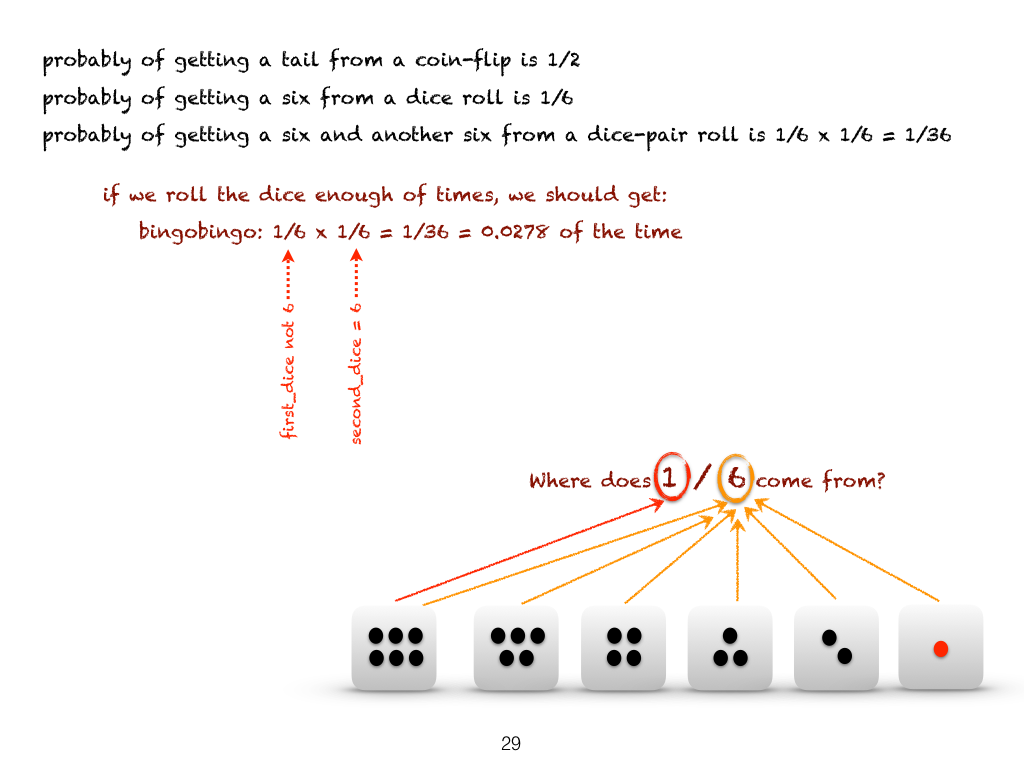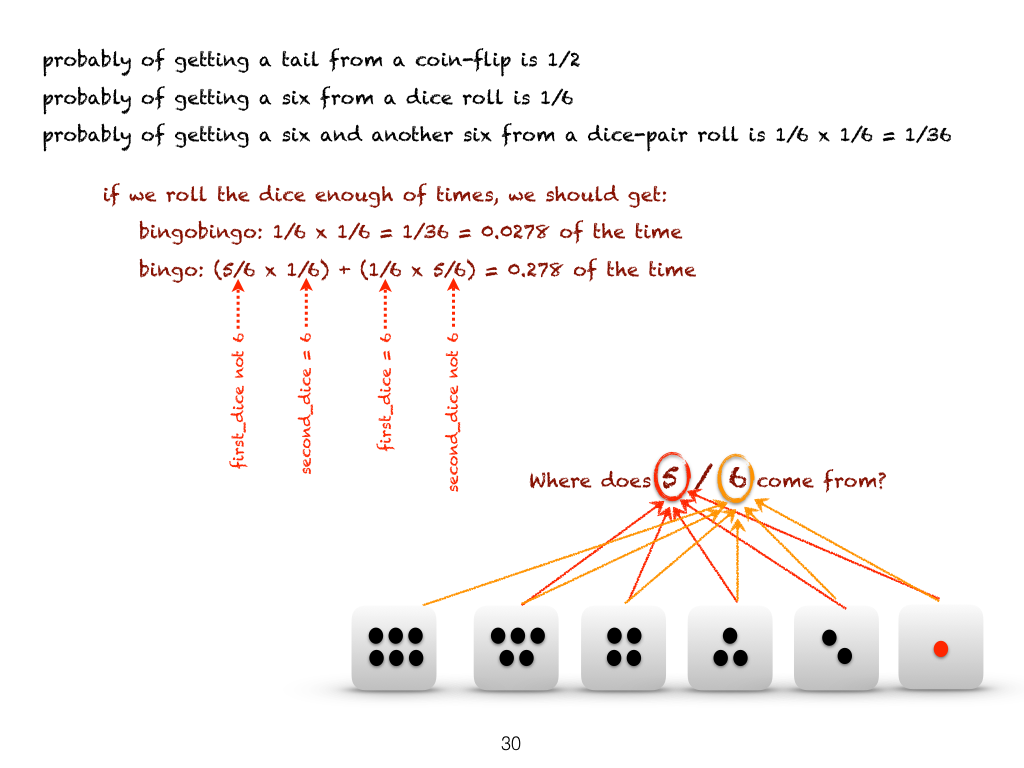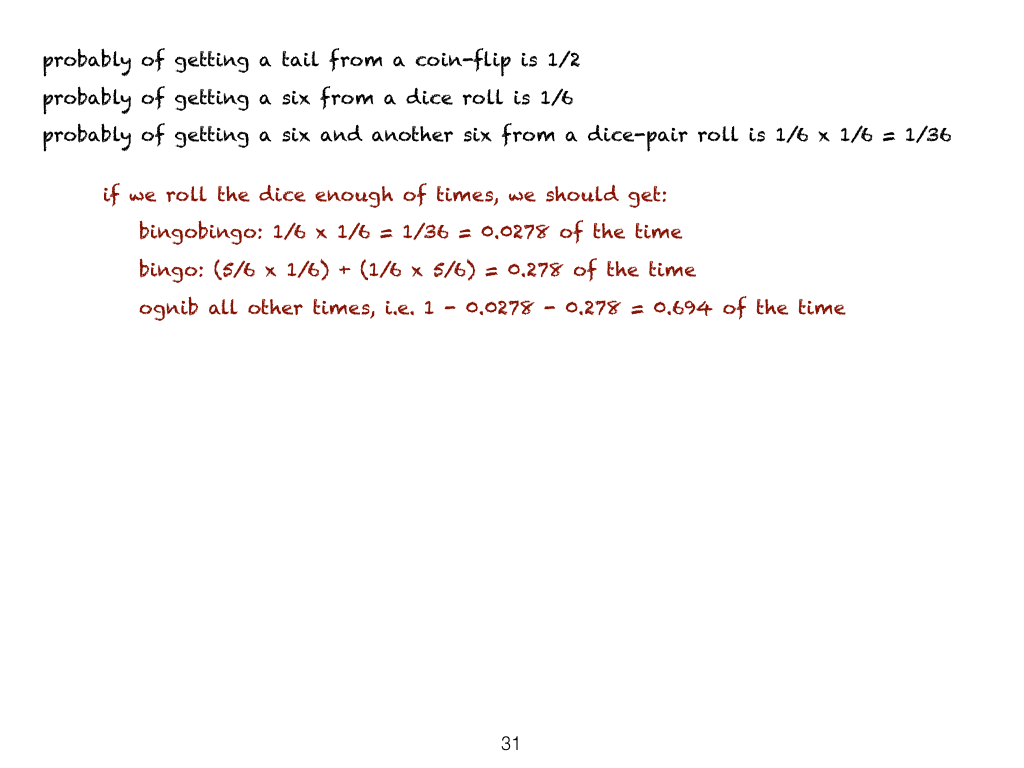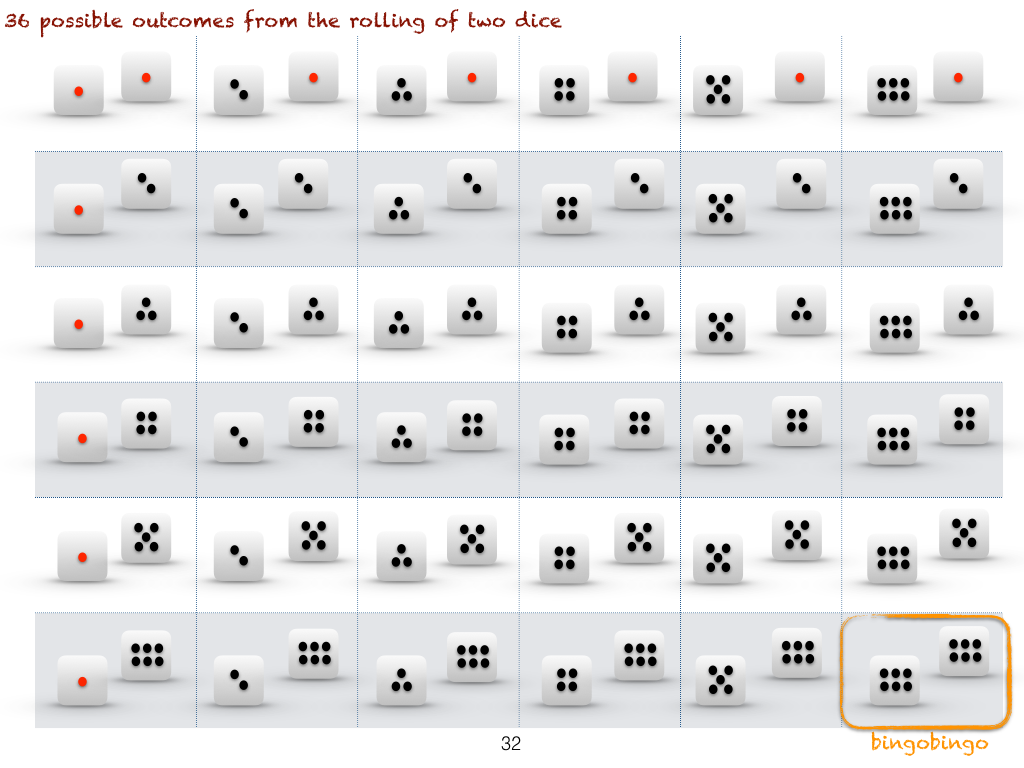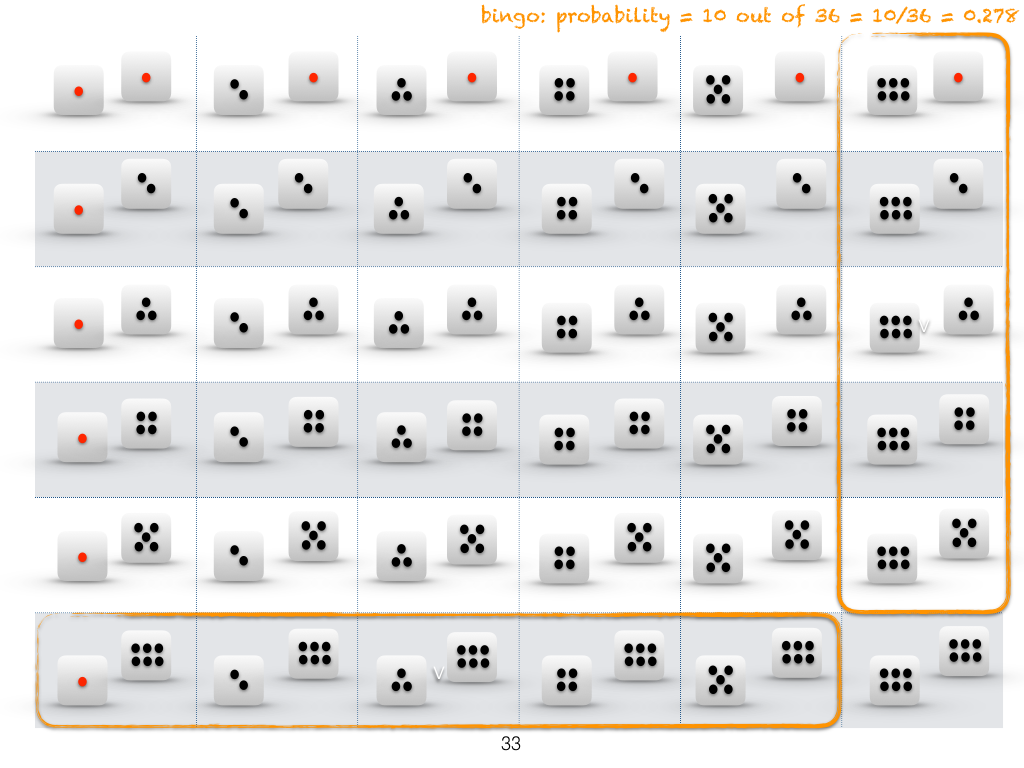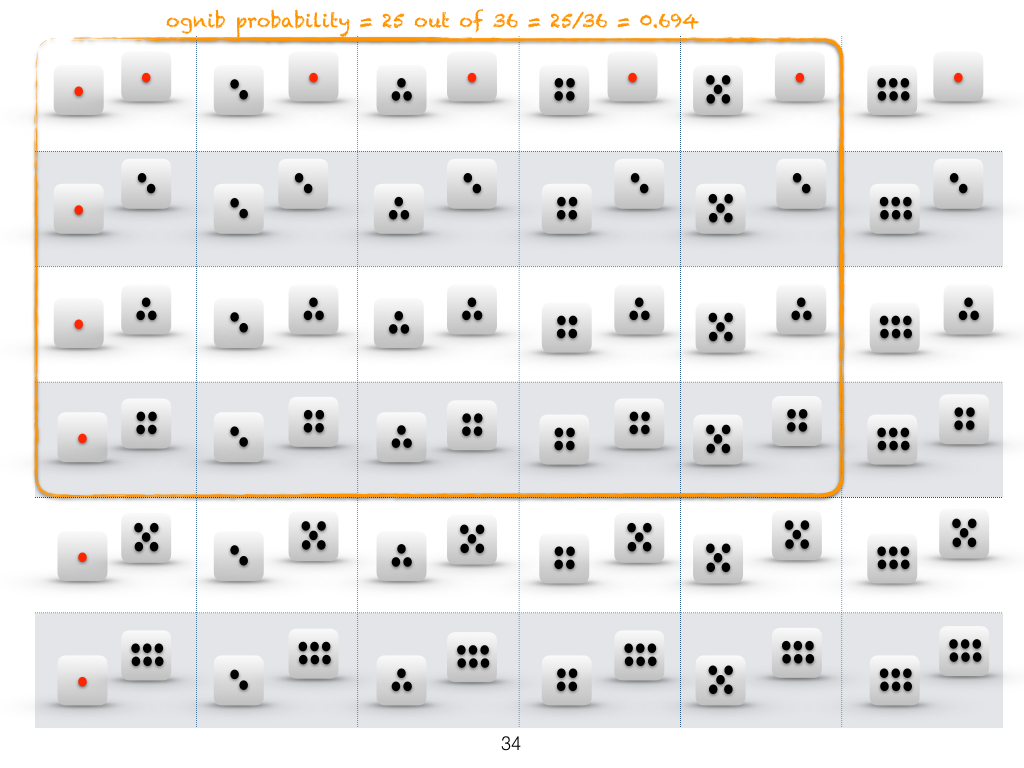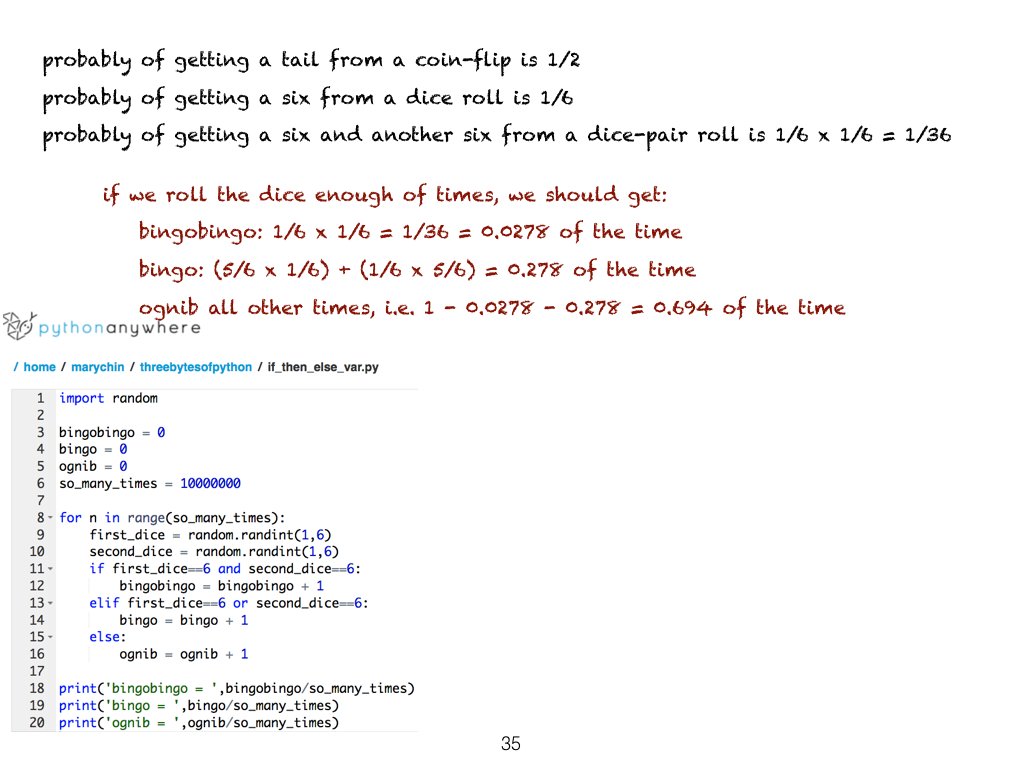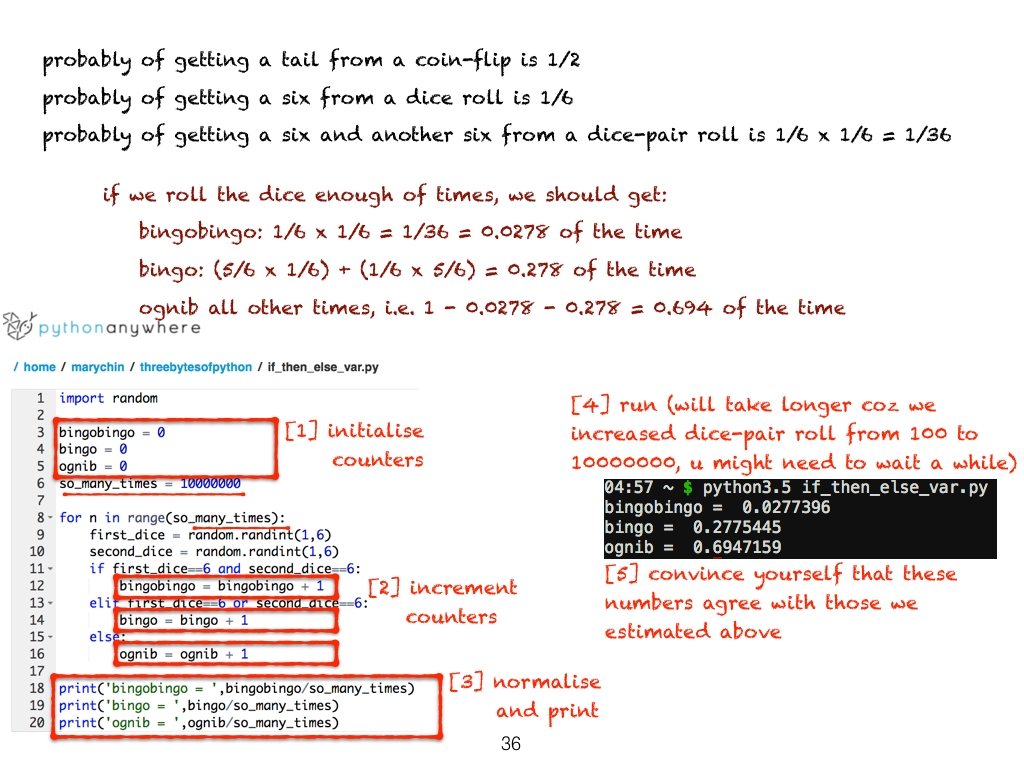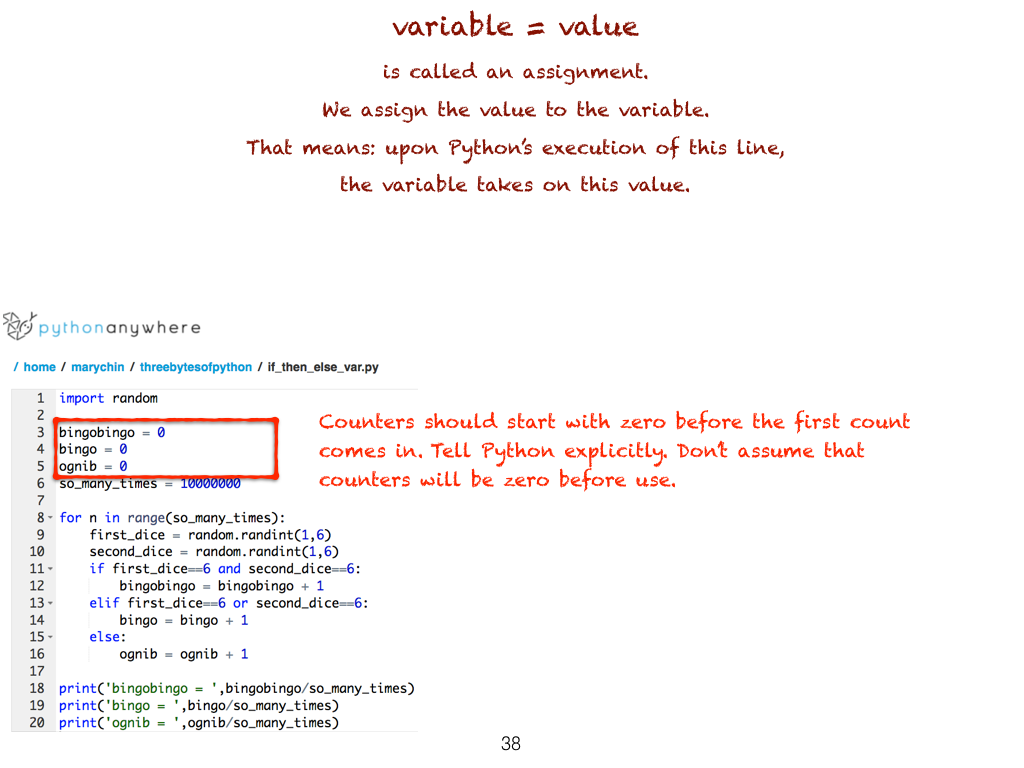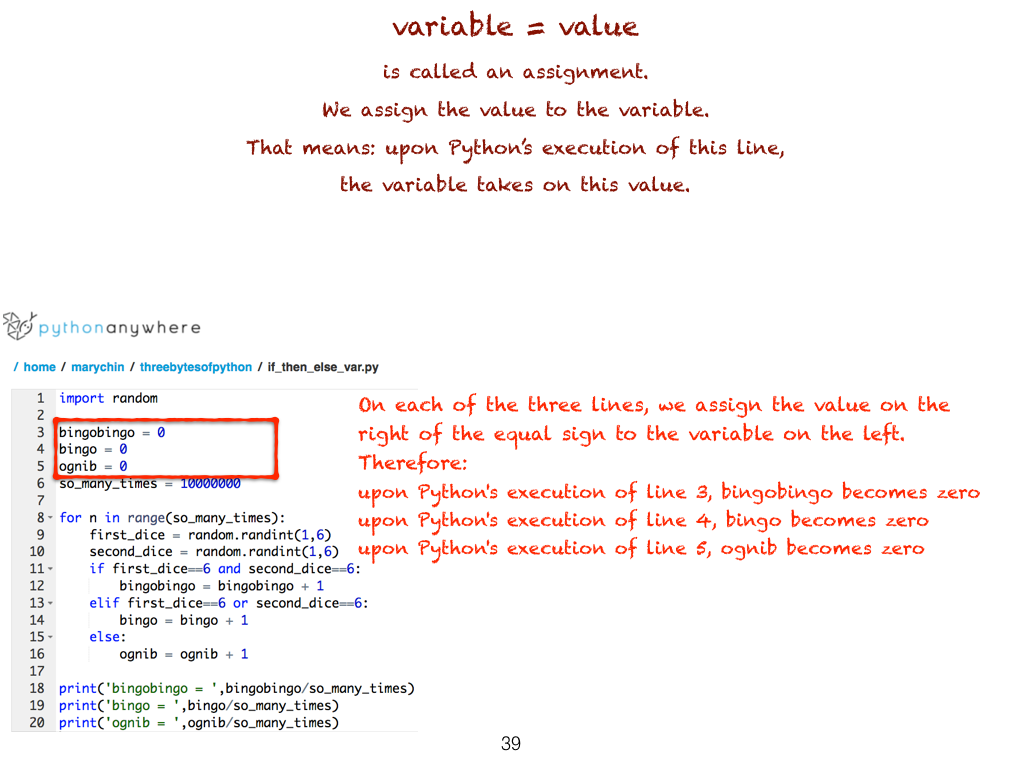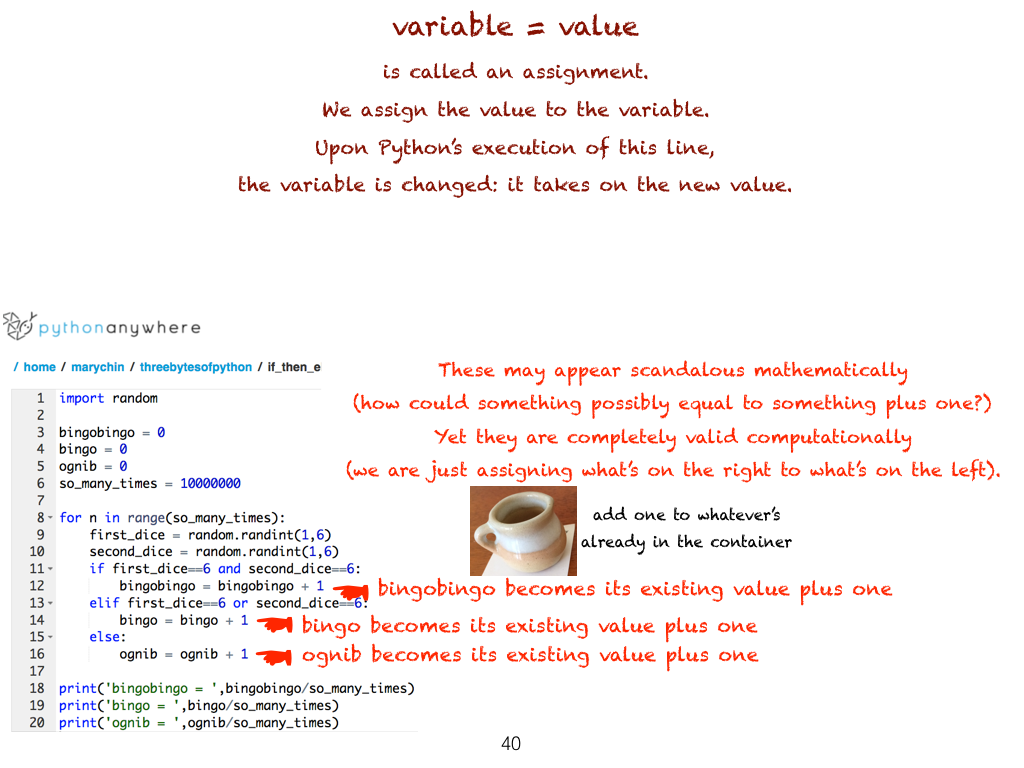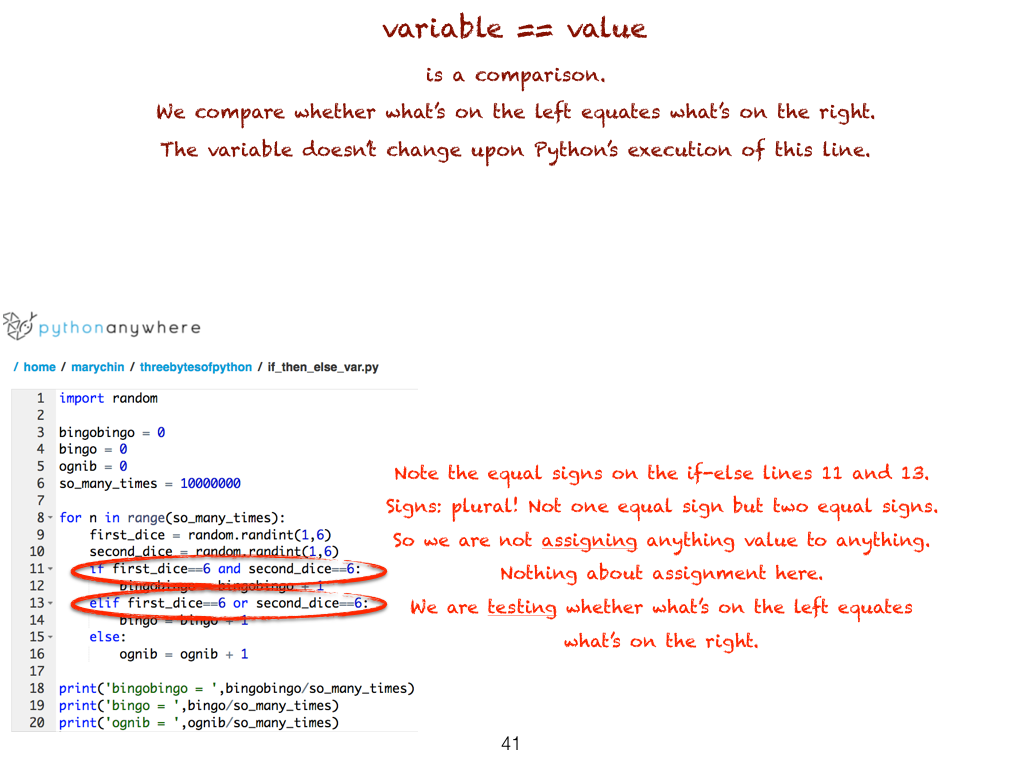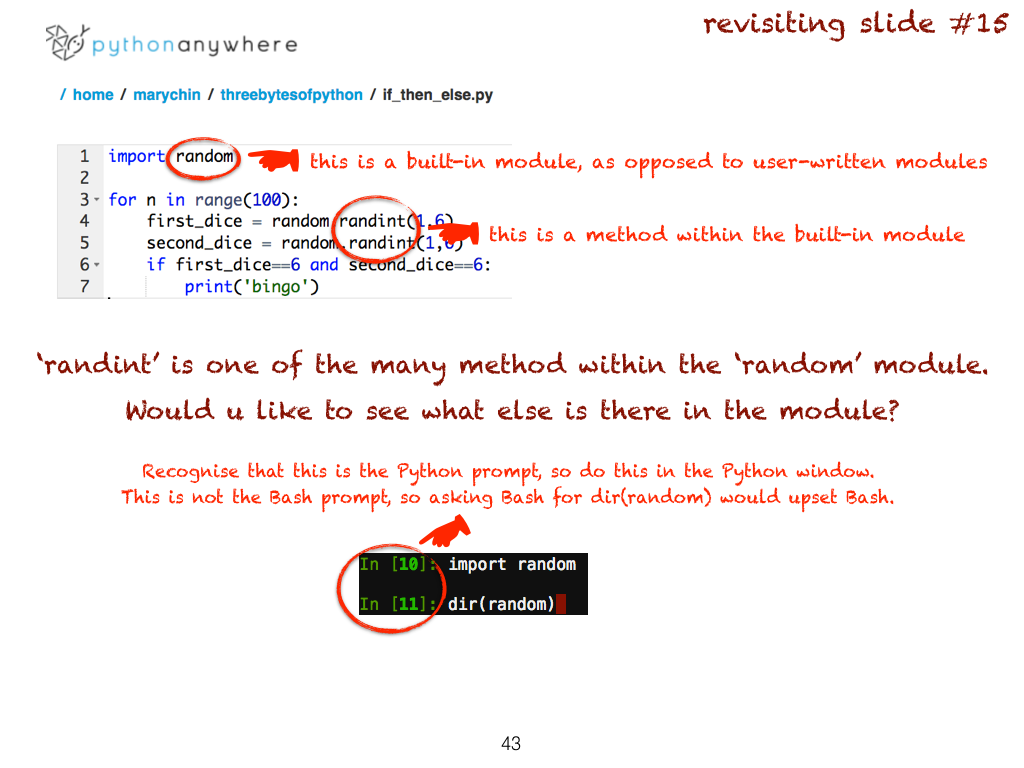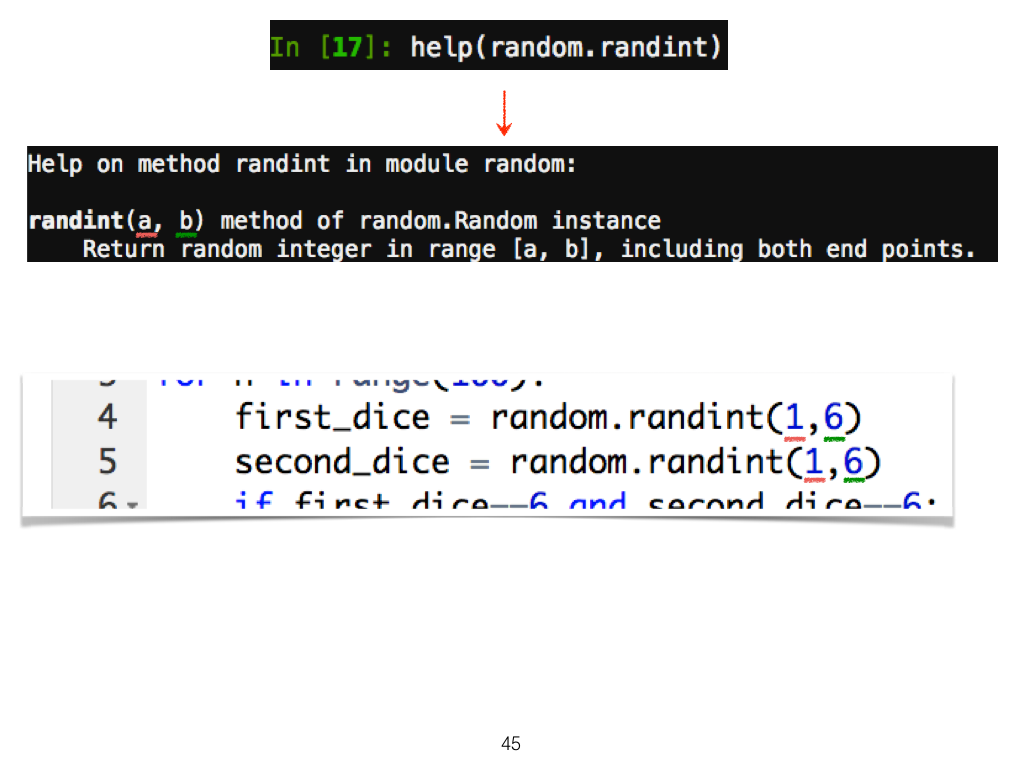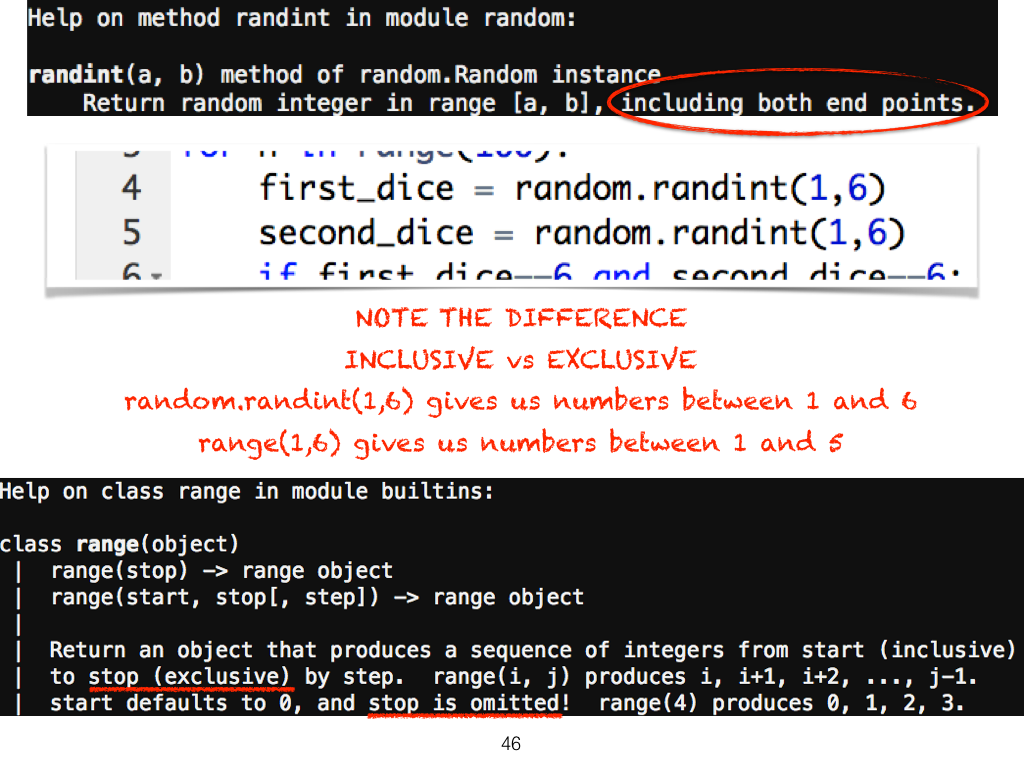Python II
Mary PW Chin 钱碧慧博士
SECOND BYTE OF PYTHON
Slides here are continuously being revised and updated. If you have been here before, your browser might have some old files cached. To ensure that you see the latest version, please follow the instructions given in the following link: ☞ how to clear browser cache .
Synopsis
The import keyword;
Module random and its method randint ;
Conditionals: if-elif-else;
Assignment vs comparison;
Booleans and vs or ;
Variable names: rules and conventions;
Output to screen (standard output) vs output to file;
Linux commands: ls, wc, head, tail;
Some probability theory;
Initialisation and counters;
dir ;
Inclusive vs exclusive ranges.
Exercise
For the program on slide #19 mark out the:
variable names;
arguments;
functions;
keywords;
modules;
methods;
Repeat Exercise 1 for the program on slide #23.
Repeat Exercise 1 for the program on slide #35.
Refer to the program on slide #35. What difference would you expect if we change
range(-100, so_many_times-100) ;
range(so_many_times+1000, 1000, -1) ;
range(0, so_many_times*1000, 1000) ?
Refer the program on slide #38. What happens if we change elif to if ? Draw the revised flowchart.
Write a program to generate two random numbers between 0 and 100. Print the larger number, and the sum, difference and product of the two numbers.
Write a program to generate a random number between 0 and 10. Take the number as the radius of a circle. Print the diameter, circumference and area of this circle. You can get the value for π by first importing that math module; the value for π is then accessible as math.pi .
Write a program to generate a random number 1930 ≤ y ≤ 2017, take this as somebody's year of birth. Generate another random number 1 ≤ m ≤ 12, let this be his month of birth. We need to know his age in the coming years until he reaches 90. Print your output in three columns:
YEAR MONTH AGE 2018 1 __ years __ months 2018 2 2018 3 … … __ __ 90 years 0 month
Write a program simulating the draw of Magnum 4D first prize.
Write a program simulating your favourite chance-based game.
What we have learned so far
Python keywords:
for
in
import
as
if
elif
else
and
or
Python built-in functions:
print(…, end='…')
range(…, …, …)
help(…)
dir(…)
Python modules and methods:
Linux commands (and options):




